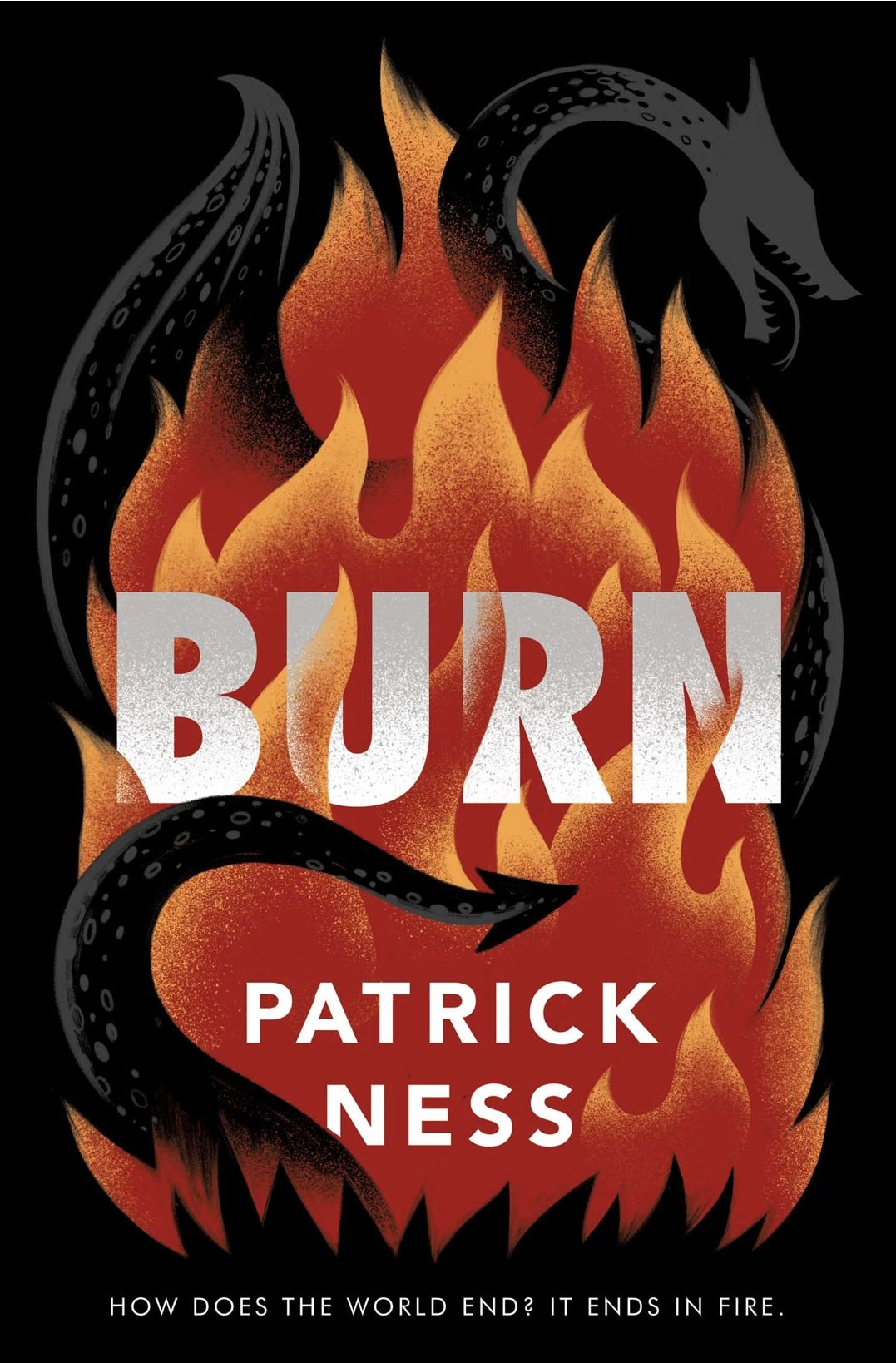
Writing With a Broken Tusk
Writing With a Broken Tusk began in 2006 as a blog about overlapping geographies, personal and real-world, and writing books for children. The blog name refers to the mythical pact made between the poet Vyaasa and the Hindu elephant headed god Ganesha who was his scribe during the composition of the Mahabharata. It also refers to my second published book, edited by the generous and brilliant Diantha Thorpe of Linnet Books/The Shoe String Press, published in 1996, acquired and republished by August House and still miraculously in print.
Since March, writer and former student Jen Breach has helped me manage guest posts and Process Talk pieces on this blog. They have lined up and conducted author/illustrator interviews and invited and coordinated guest posts. That support has helped me get through weeks when I’ve been in edit-copyedit-proofing mode, and it’s also introduced me to writers and books I might not have found otherwise. Our overlapping interests have led to posts for which I might not have had the time or attention-span. It’s the beauty of shared circles.


Border-crossings of Many Kinds in Burn by Patrick Ness
“The enforcers of law in Canada and the United States sometimes coated their bullets in anti-coagulant. Not for when they shot men. For when they shot dragons.”
Set in the Pacific Northwest, Ness’s YA novel Burn takes readers back and forth across the border between countries. But it also crosses the borders between worlds—parallel universes of possibilities playing out in the lives of the characters.

Magic and Community in Dragons in a Bag by Zetta Elliott
I’ve been meaning to read the Dragons in a Bag series by Zetta Elliott for awhile and something or the other kept getting in the way. I finally got to listen to the audiobook of Book 1. It kept me company as I began to muddle through the revision of a middle grade fantasy work-in-progress of my own.

Prose and Possibility in The Last White Man by Mohsin Hamid
In the manner of Gregor Samsa in Kafka’s Metamorphosis, Anders, the protagonist of Mohsin Hamid’s novella, The Last White Man, wakes up to find himself transformed. He’s not a bug, however. As you might expect from the title, Anders has turned brown. We’re never quite sure why—there is some speculation that there was something in the water—but brown he is, “a deep and undeniable brown.” Soon others begin turning brown as well.

Guest Post: Sathya Achia on In My Hands
Sathya Achia weaves the complexity of gods and demons and magic with the life of 16-year-old Chandra, who’s confronted with rising danger from a supernatural enemy that threatens everyone she loves. Achia’s cultural backdrop is particularly interesting because it’s very specific, drawn from the author’s own ancestral Kodava culture (related to a specific ethnolinguistic group of southern India).
“Selavu is not so much of a weapon as it is a shield. Same with those cuffs they are part of traditional Kodaguru warrior armor,” Gowramma says, forcing me to think, but I can’t because my head is throbbing, and my thoughts are foggy. “Learn to look deeper. Nothing is ever as it seems.”
— In My Hands by Sathya Achia
In this fast-paced tale of curses and battles, but also of family and community and one girl’s struggle to meet her destiny, nothing is as it seems. I’m delighted to welcome Sathya Achia to tell us more about her novel, from Ravens & Roses.

Process Notes: Cynthia Leitich Smith on Sisters of the Neversea
This is not the first time my gifted VCFA colleague and longtime friend, Cynthia Leitich Smith, has held conversations with the literary canon. Her Tantalize series is an ongoing bestselling heart-to-heart over several volumes with Dracula by Bram Stoker.

Wordplay and Profiteering: Fran Wilde on The Ship of Stolen Words
The Ship of Stolen Words blends humor and wordplay with eccentric magic. How about this for starters? A group of goblins steals a boy’s ability to use a magic word: “sorry.” And we’re off on an adventure involving goblin technology, miniature pigs, a couple of friends temporarily at odds, a Little Free Library, and more.
